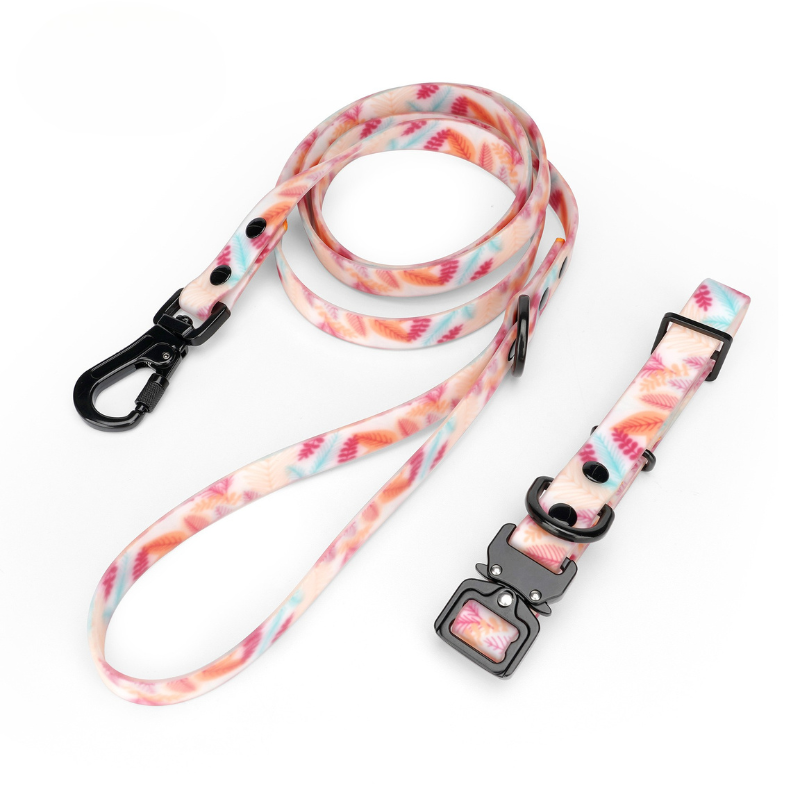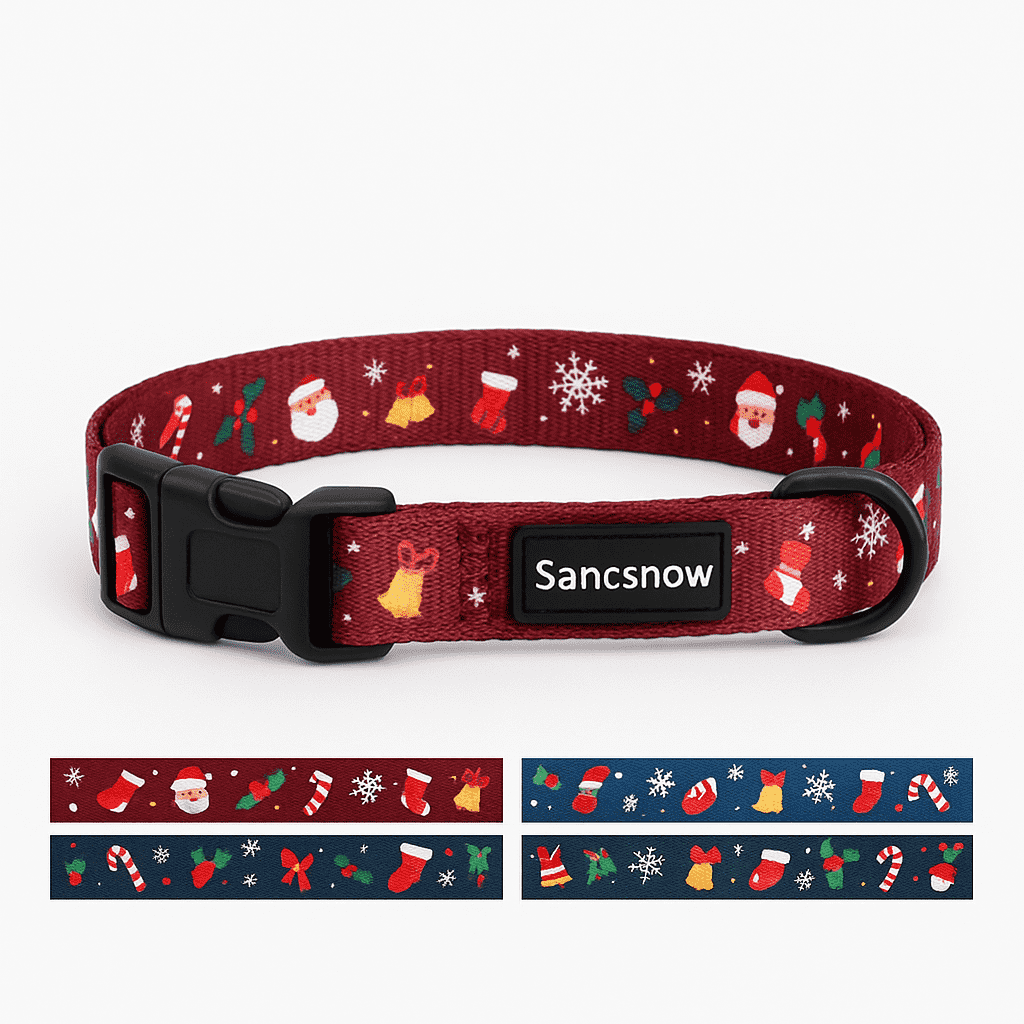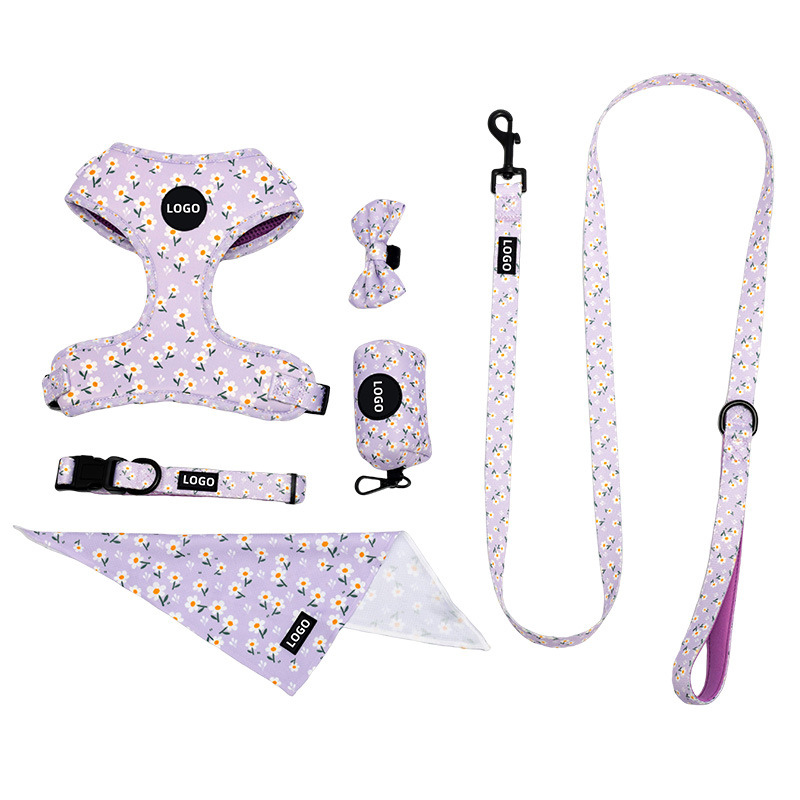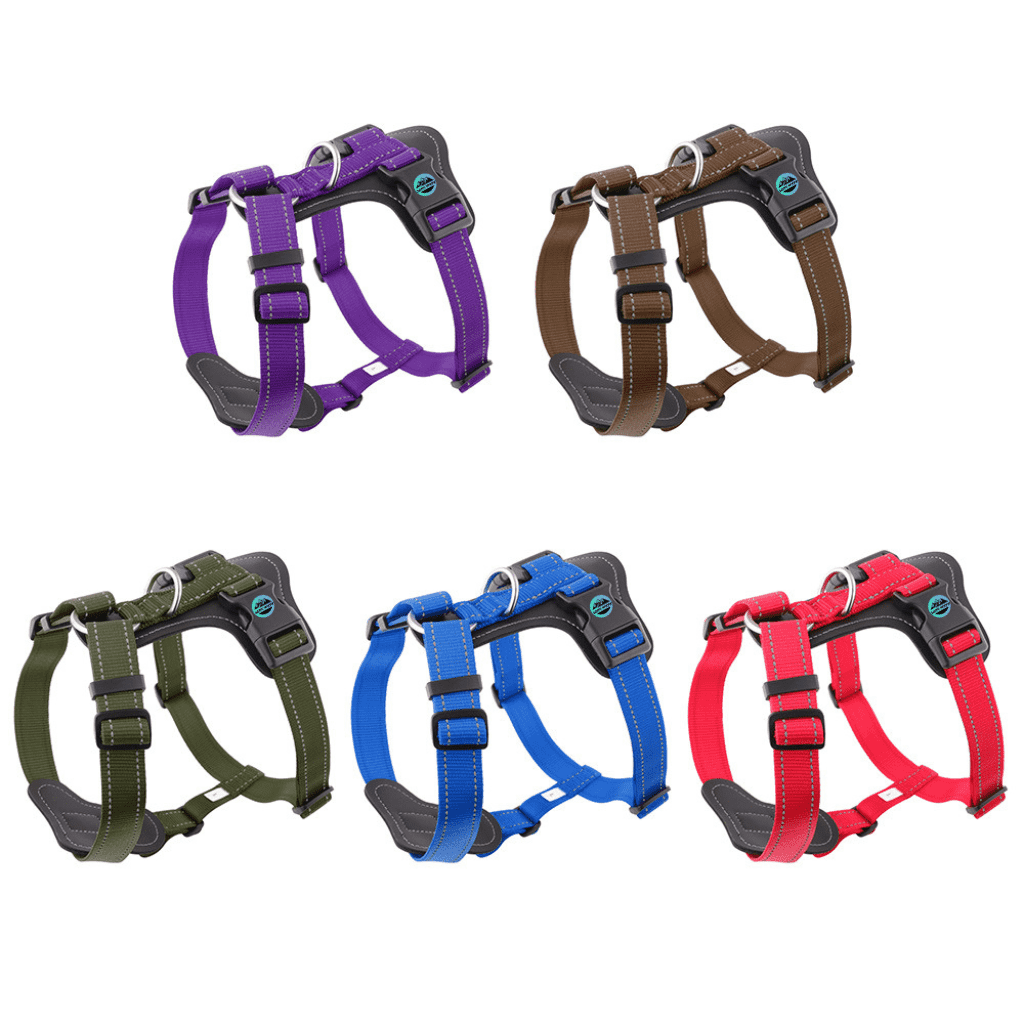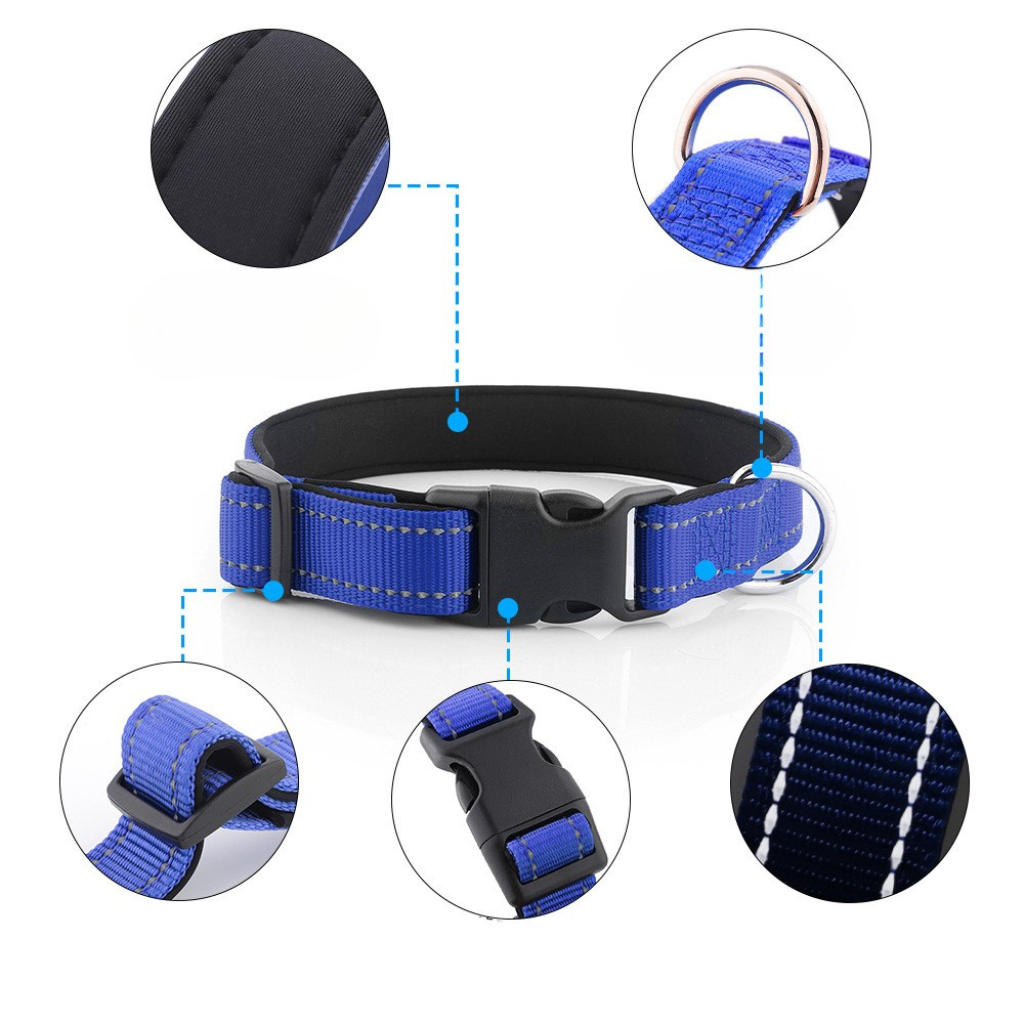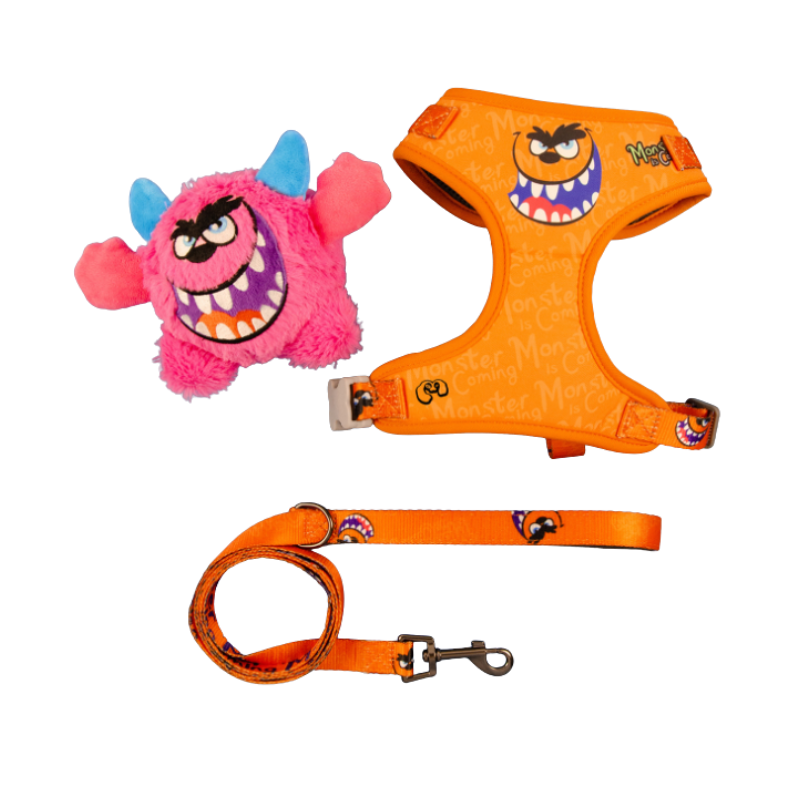Waterproof collars and leashes have gone from being a specialty item to becoming a category that every serious pet brand considers. Ten years ago, most brands focused on basic nylon or leather, rarely offering waterproof lines. Today, however, waterproof products are not only common but expected in regions where pets are part of daily outdoor life. From my perspective as someone who follows the pet accessory market closely, this shift is more than just about “keeping collars dry.” It is about how material choices shape brand identity, user experience, and long-term market positioning.
Why Waterproof Matters More Than Ever
The lifestyle of pet owners has changed significantly in the past decade. In urban environments, people want collars and leashes that can handle rainy commutes, muddy parks, and weekend hikes. In rural or coastal areas, waterproofing is almost a necessity, with dogs swimming, rolling, and exploring outdoors. At the same time, buyers expect products to look stylish and last long, not just survive a few months. This growing demand is pushing manufacturers to rethink the materials they use.
Nylon with Coating: Colorful but Temporary
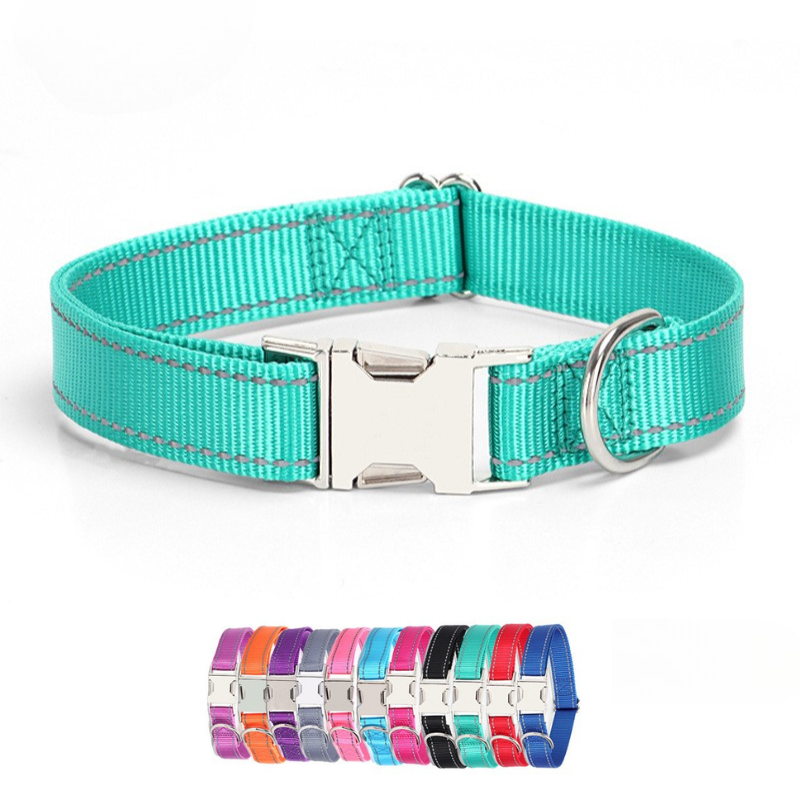
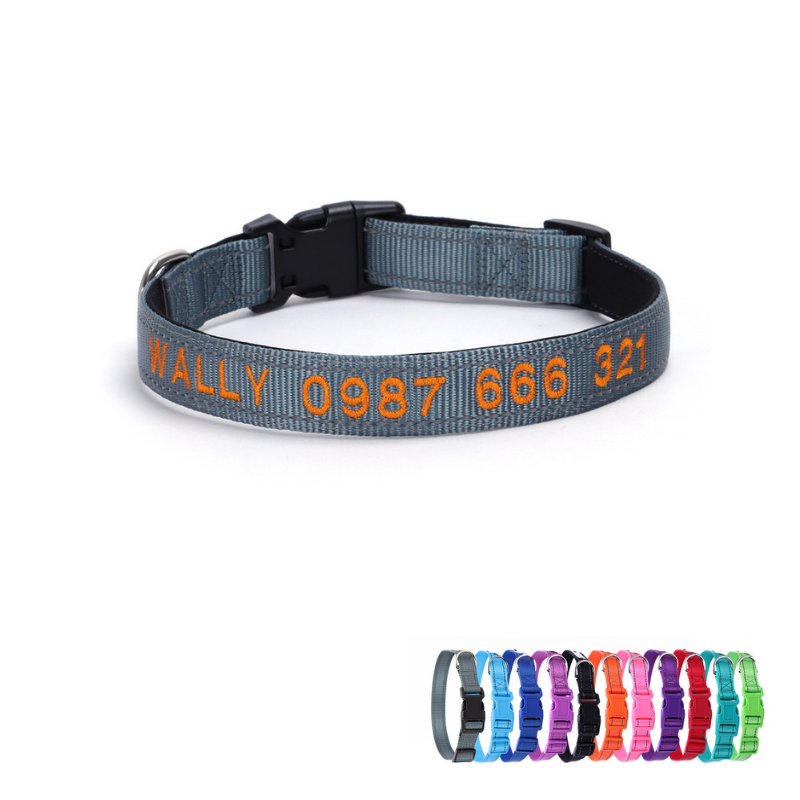
Nylon remains the go-to material for many entry-level waterproof collars and leashes. When combined with TPU or PU coatings, nylon becomes water-resistant, easy to dye, and available in endless patterns. That’s why budget-friendly brands love it—it helps them offer variety at scale.
Still, there’s a reason coated nylon is rarely seen in high-end collections. The coating tends to wear away, especially when collars are frequently exposed to scratching, chewing, or washing. Once the coating fades, the collar absorbs moisture just like untreated nylon. For many mass-market buyers, this trade-off is acceptable. But for long-term brand positioning, nylon-coated products feel more like seasonal items than lasting investments.
Polyester with Coating: A Practical Middle Player
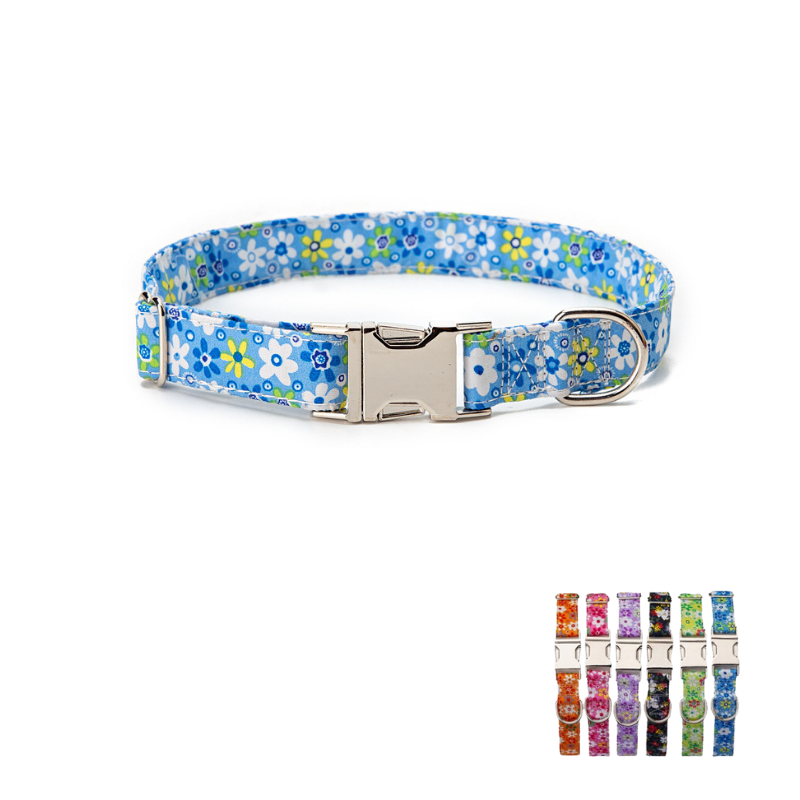
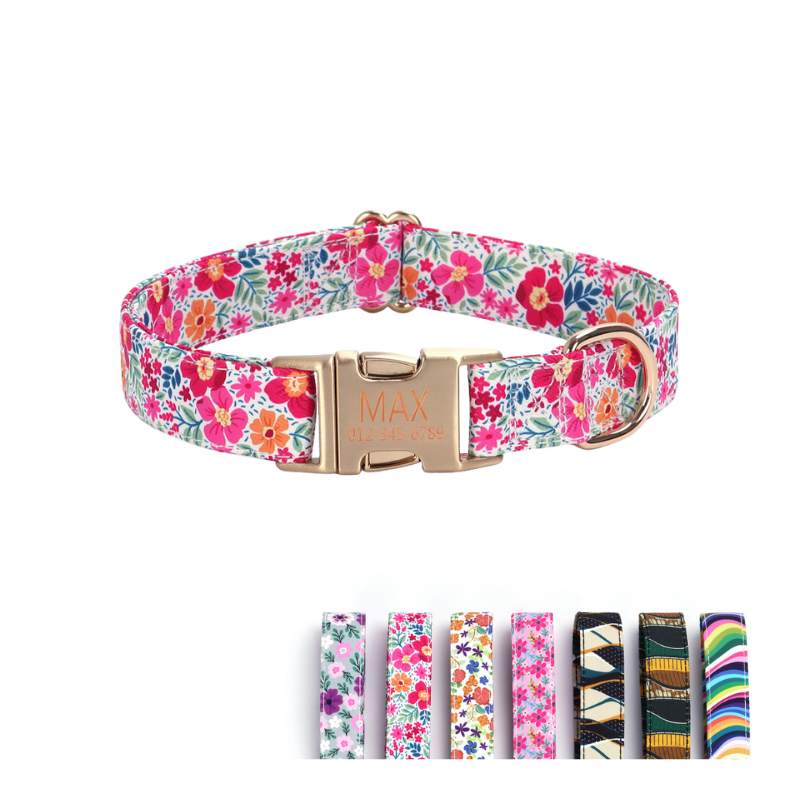
Polyester is often used in similar ways as nylon, but it has one key advantage: UV resistance. For brands selling in markets like Australia, the Middle East, or southern Europe where sunlight is intense, polyester can hold its shape and color better than nylon. That makes it attractive for mid-tier brands targeting outdoor enthusiasts who still want affordability.
Yet polyester also shares nylon’s main weakness—the coating itself is the only waterproof layer. Once it peels or scratches, the leash or collar loses its core selling point. Brands aware of this often position polyester coated lines as “value with a touch of outdoor durability” rather than as a long-term premium option.
PVC Coated Webbing: Built for Performance and Branding
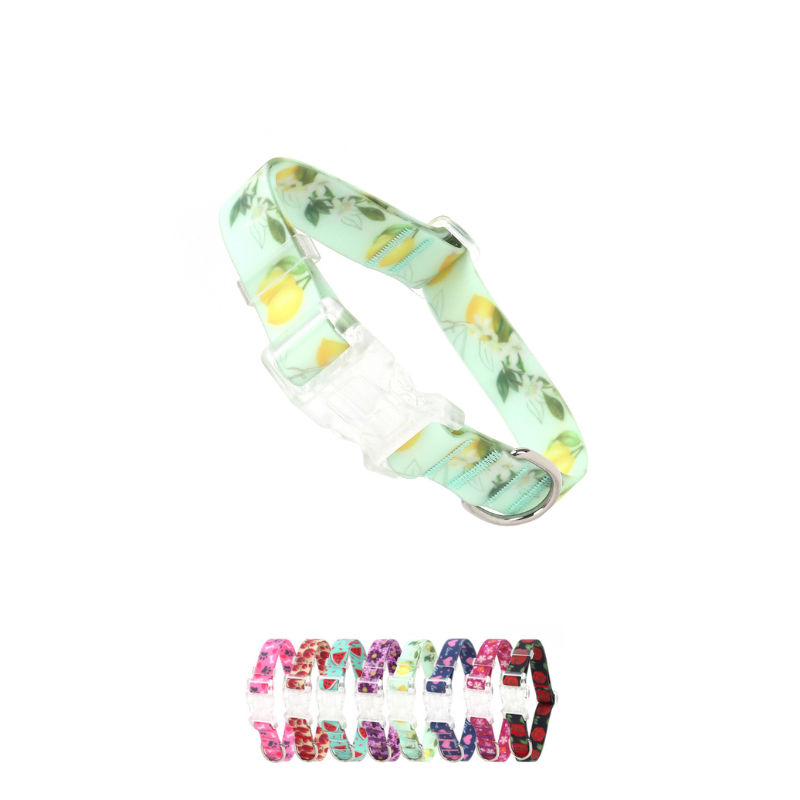
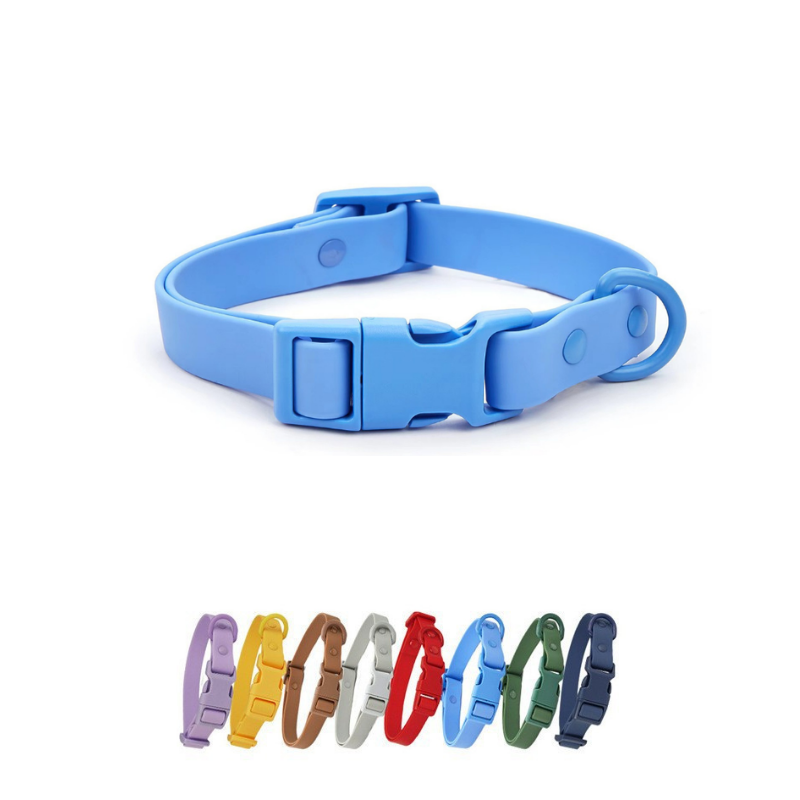
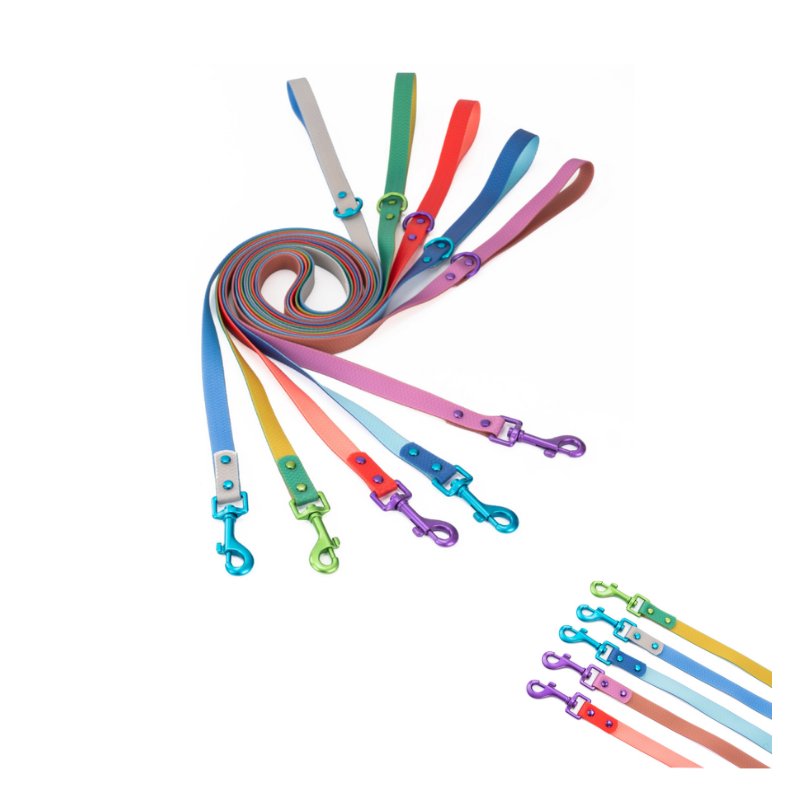
PVC is where the story gets interesting. Unlike coated fabrics, PVC webbing doesn’t rely on a fragile surface layer. The waterproofing is built into the material itself, making it resistant to mud, odor, and moisture. After years of observing product launches, I’ve noticed more brands introducing PVC lines not just because of durability but also because of how PVC enables creative design.
PVC allows for smooth embossing, strong logo placement, and vibrant colors that don’t fade easily. Boutique brands especially appreciate how PVC products can be customized—whether with matte finishes, textured surfaces, or unique hardware. It is slightly heavier than nylon, but for many buyers, that weight signals sturdiness and quality.
This explains why PVC is gaining traction in the premium space. Brands that want their products to last years, not months, are finding PVC a reliable option that reinforces their identity.
Different Buyers, Different Choices
One of the most fascinating aspects of waterproof collars and leashes is how each material aligns with a specific customer profile:
- Casual pet owners: For them, color variety and price matter most. They often shop online or at large retailers, where coated nylon and polyester dominate.
- Active dog owners: This group cares about performance and convenience. They hike, swim, or train their dogs regularly. PVC products appeal strongly here because they do not hold odor and are easy to wipe clean.
- Boutique and premium buyers: These customers look for uniqueness and brand identity. PVC allows embossing, metallic hardware, and distinctive finishes, giving boutique brands a platform to stand out.
This segmentation is also visible in regional markets. In North America and Western Europe, where outdoor culture is strong, demand for PVC-based waterproof products is rising quickly. In price-sensitive markets across parts of Asia or South America, nylon and polyester continue to dominate.
High-End vs Mass-Market Dynamics
The waterproof segment highlights a familiar divide in the pet industry: affordability versus durability.
- Mass-market brands focus on nylon and polyester with coatings because they can release new designs quickly and keep costs attractive. Their customers often replace collars regularly, so longevity is less critical.
- Premium brands take a different path. They use materials like PVC to highlight reliability and support their brand storytelling. For them, a collar is not just a functional tool but also part of a lifestyle collection. PVC gives them both strength and design flexibility.
In my view, this division will continue, but with PVC slowly moving downward into mid-tier lines as manufacturing efficiency improves.
Craftsmanship and Branding Opportunities
Material choice is only part of the story. The way a waterproof collar or leash is crafted can completely change how it is perceived. Some of the most impactful techniques I’ve seen include:
- Logo integration: Embossing on PVC creates a subtle but lasting brand presence, while coated fabrics often rely on printed or woven labels.
- Hardware selection: Matte black or brushed metal hardware instantly signals premium positioning compared to basic nickel-plated buckles.
- Surface textures: Smooth, glossy finishes appeal to modern urban buyers, while textured PVC mimics leather for those who want a traditional look.
These details help brands move from generic products to signature collections that feel consistent and recognizable.
Market Outlook and Future Trends
The waterproof segment is still growing, and the shifts are worth watching. Coated nylon and polyester will remain the backbone of budget-friendly lines because of their affordability and availability. But PVC is steadily building its reputation as the material of choice for brands that care about long-term brand value.
For distributors and retailers, this means it’s not just about stocking “waterproof” items but about choosing the right mix of materials for their customer base. Entry-level coated fabrics attract volume sales, while PVC products strengthen brand loyalty and premium margins.
From where I stand, PVC is not just a trend but a natural progression. As buyers grow more demanding, durability and branding potential will matter as much as affordability. And among today’s options, PVC seems uniquely capable of bridging those needs.

